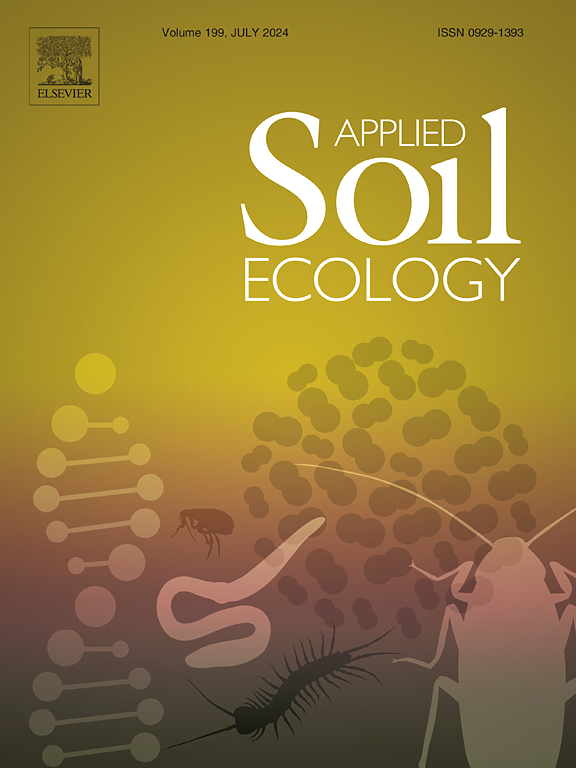Edaphobase 2.0: Advanced international data warehouse for collating and using soil biodiversity datasets
IF 4.8
2区 农林科学
Q1 SOIL SCIENCE
引用次数: 0
Abstract
Soil and soil-biodiversity protection are increasingly important issues in environmental science and policies, requiring the availability of high-quality empirical data on soil biodiversity. Here we present a publicly available data warehouse for the soil-biodiversity domain, Edaphobase 2.0, which provides a comprehensive toolset for storing and re-using international soil-biodiversity data sets, following the FAIR (Findable, Accessible, Interoperable, and Reusable) principles. A major strength is the possibility of annotating biodiversity data with exhaustive geographical, environmental and methodological metadata, allowing a wide range of applications and analyses. The system harmonises and integrates heterogeneous data from diverse sources into standardised formats, which can be searched together using numerous filter possibilities, and offers data exploration and analysis tools. Edaphobase features a strict data transparency policy, comprehensive quality control, and DOIs can be provided for individual data sets. The database currently contains >450,000 data records from >35,0000 sites and is accessed nearly 14,000 times/year. The data curated by Edaphobase 2.0 can greatly aid researchers, conservationists and decision makers in understanding and protecting soil biodiversity.
Edaphobase 2.0:用于整理和使用土壤生物多样性数据集的高级国际数据仓库
土壤和土壤生物多样性保护是环境科学和政策中日益重要的问题,这就要求提供高质量的土壤生物多样性经验数据。在此,我们介绍一个公开可用的土壤生物多样性领域数据仓库 Edaphobase 2.0,它为存储和重复使用国际土壤生物多样性数据集提供了一个全面的工具集,遵循 FAIR(可查找、可访问、可互操作和可重复使用)原则。该系统的一大优势是可以用详尽的地理、环境和方法元数据对生物多样性数据进行注释,从而实现广泛的应用和分析。该系统将来自不同来源的异构数据统一整合为标准化格式,可使用多种过滤方法进行搜索,并提供数据探索和分析工具。Edaphobase 具有严格的数据透明政策和全面的质量控制,可为单个数据集提供 DOI。该数据库目前包含来自 35,000 个站点的 450,000 条数据记录,每年被访问近 14,000 次。Edaphobase 2.0 收集的数据可极大地帮助研究人员、保护工作者和决策者了解和保护土壤生物多样性。
本文章由计算机程序翻译,如有差异,请以英文原文为准。
求助全文
约1分钟内获得全文
求助全文
来源期刊

Applied Soil Ecology
农林科学-土壤科学
CiteScore
9.70
自引率
4.20%
发文量
363
审稿时长
5.3 months
期刊介绍:
Applied Soil Ecology addresses the role of soil organisms and their interactions in relation to: sustainability and productivity, nutrient cycling and other soil processes, the maintenance of soil functions, the impact of human activities on soil ecosystems and bio(techno)logical control of soil-inhabiting pests, diseases and weeds.
 求助内容:
求助内容: 应助结果提醒方式:
应助结果提醒方式:


